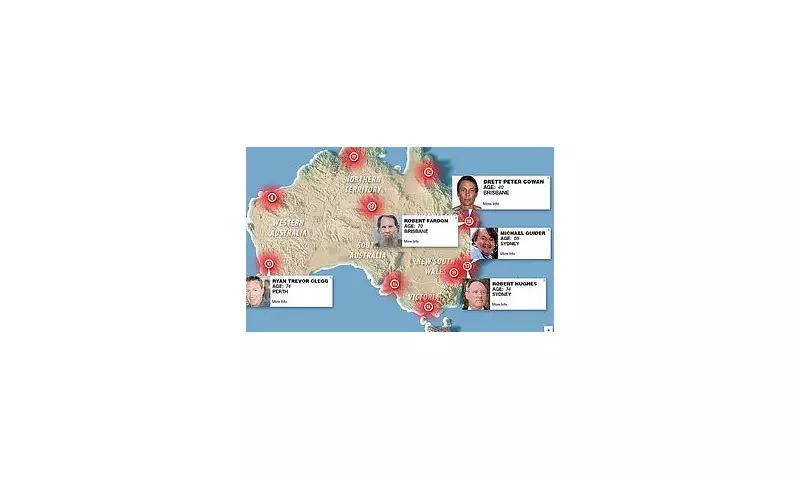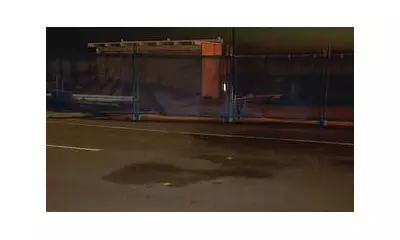
In a watershed moment for child safety, the Australian government has announced the creation of a national, publicly accessible child sex offender registry. This landmark policy shift, long advocated for by victims' rights groups and concerned parents, marks a decisive step towards greater transparency and public protection.
The initiative, championed by Home Affairs Minister Clare O'Neil and modelled on successful schemes like the UK's 'Sarah's Law', will fundamentally change how communities access critical safety information. For the first time, parents, guardians, and carers will be able to proactively seek information from law enforcement about individuals who have contact with their children.
How Will The New Registry Work?
The proposed system is designed with both empowerment and safeguards in mind. The process will be tightly controlled to prevent vigilante action while granting parents peace of mind.
- Formal Application: A concerned parent or guardian must submit a formal request to the relevant state or territory police force.
- Disclosure Authority: If the individual in question has a record for child sexual offences, and police believe the child is at risk, authorised officers will lawfully disclose information to the applicant.
- Strict Protocols: The disclosure is expected to include the offender's name, photograph, and other relevant details, but will be governed by strict protocols to ensure the information is used appropriately.
A Long-Awaited Reform
This decision follows a prolonged and passionate national debate, positioning Australia to join other nations with similar public disclosure schemes. The move addresses a significant gap in the country's child protection armoury, shifting from a system of purely internal police monitoring to one of controlled public transparency.
The push for such a registry gained immense public support, highlighting a collective desire for more robust tools to safeguard vulnerable children from predatory individuals.
Balancing Safety and Legal Rights
The government acknowledges the need to balance public safety with the legal rights and rehabilitation prospects of offenders. The registry is not intended to be an online, freely searchable database open to all. Instead, the 'right to ask' framework is designed to be a targeted, intelligence-led tool for those with a genuine duty of care towards a child, preventing misuse and witch-hunts while prioritising the welfare of children above all else.
This long-awaited reform is poised to become one of the most significant child protection policies in Australia's recent history, offering a new layer of defence for the nation's children.





